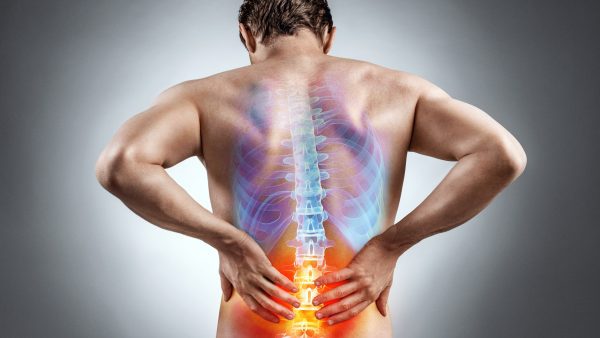Looking for Expert-Level VA Claim Answers?📱Call Us Now! 737-295-2226
If you’re a veteran dealing with a lumbosacral strain, you may be feeling frustrated and overwhelmed by the constant pain and limited mobility in your lower back.
In this post, we explain how to file a VA disability claim to win your lumbosacral strain VA rating and get the VA compensation and benefits you deserve.
Did You Know?
-
Over 1.2 million veterans are receiving VA disability compensation for back pain.
-
Back pain is the fifth most common VA disability amongst all veterans!
-
The lumbosacral spine is essential to your body’s movement and stability.
-
An injury or strain to the back can significantly impact your ability to perform daily activities and cause pain and discomfort.
Table of Contents
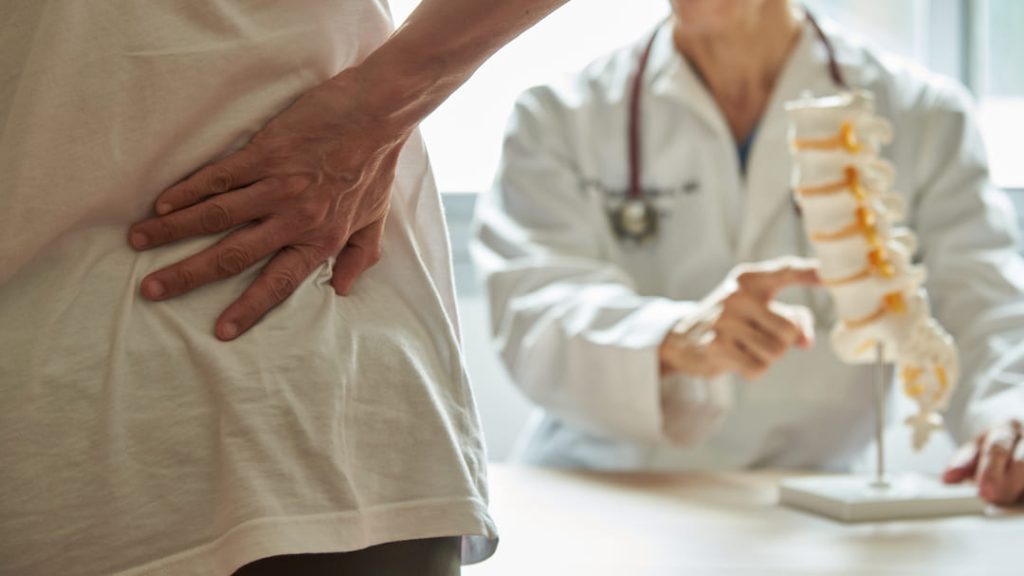
How Lumbosacral Strain Impacts Veterans
Veterans may be at an elevated risk of a lumbosacral strain due to physical stress, overuse, and injury sustained while serving. A lumbosacral strain can make it challenging to perform everyday tasks such as walking, sitting, standing, or lifting. In severe cases, lumbosacral strain can even prevent you from working or engaging in physical activities.
If you struggle with one or more of these challenges due to your service, you may be eligible for a lumbosacral strain VA rating.
You DESERVE a HIGHER VA rating.
Take advantage of a VA Claim Discovery Call with an experienced Team Member. Learn what you’ve been missing so you can FINALLY get the VA disability rating and compensation you’ve earned for your service.
Top 3 Tips to Win a Lumbosacral Strain VA Rating
To file a VA claim for a lumbosacral strain, here are our top 3 tips:
1. You Must Have a Diagnosis.
Somewhere in your medical records, you must have a diagnosis of a lumbosacral strain. This could be while you were serving or afterward, but a medical doctor must have diagnosed you at least once. A “current” medical diagnosis is usually more helpful than your Service Treatment Records to show that your condition is still active and impacting your life.
You can also use VA medical records or private treatment records in addition to your Service Treatment Records to show that you have a lumbosacral strain diagnosis.
2. You Need to Prove Lumbosacral Strain Service Connection.
You must be able to prove to the VA that your military service caused or aggravated your lumbosacral strain. Did you experience an in-service event, injury, or aggravation that caused your lumbar strain?
You could also prove that another service-connected condition caused your lumbosacral strain. This is known as secondary service connection.
- Direct service connection: Your service directly caused or aggravated your lumbosacral strain
- Secondary service connection: Another service-connected condition caused or aggravated your lumbosacral strain
3. Link Your Service to your Lumbosacral Strain with Current Symptoms.
A medical nexus letter written by a private doctor can help you prove that your service caused your lumbosacral strain. It would help if you also documented the current symptoms you’re experiencing, as this is important for how the VA will rate your condition.
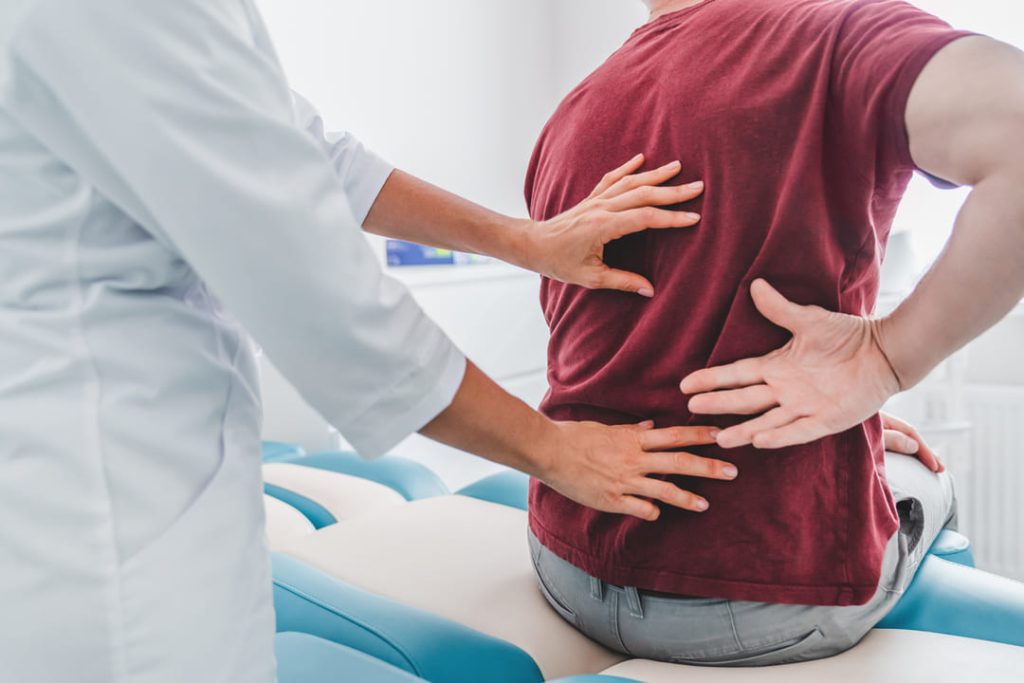
Lumbosacral Strain VA Ratings by Percentage
Lumbosacral strain VA ratings are 10%, 20%, 40%, 50%, or 100%, depending upon the frequency, severity, and duration of your symptoms.
A lumbosacral strain is rated under the VA Diagnostic Code 5237. The VA will assign you a rating based on how bad of a position your spine is in or how limited your ability to move is.
To be rated under DC 5237, your lumbosacral strain must cause one or more disc herniations with compression or irritation of a nerve.
How the VA Rates Lumbosacral Strain
Here is how the VA rates lumbosacral strain based on limited motion in your spine. You only need to meet one of the conditions for each rating level to earn a VA rating at that level:
- 100% lumbosacral strain VA rating: Your entire spine is stuck in a bad position
- 50% lumbosacral strain VA rating: Your middle and lower back are stuck in a bad position (or your Thoracolumbar spine)
- 40% lumbosacral strain VA rating:
- You can only bend your middle and lower back forward 30 degrees or less
- Your middle and lower back (Thoracolumbar spine) are stuck in a neutral position
- 20% lumbosacral strain VA rating:
- You can bend your middle and lower back forward more than 30 degrees but not more than 60 degrees
- Your whole middle and lower back can’t move forward and backward more than 120 degrees
- Your muscles are very tight as a reaction to the nerve pain (spasm, or guarding), causing you to have an abnormal walk or bend in your spine
- 10% lumbosacral strain VA rating:
- You can bend your middle and lower back forward more than 60 degrees but not more than 85 degrees
- Your whole middle and lower back can move forward and backward more than 120 degrees, but not more than 235 degrees
- Your muscles are very tight due to spasms, guarding, or tenderness, but it doesn’t result in an abnormal walk or bend in your spine
- You have a fracture in your vertebrae, and it’s lost at least 50% of the original height
Lumbosacral Strain with Intervertebral Disc Syndrome (IVDS)
Lumbosacral strain and intervertebral disc syndrome are both rated using the same general rating formula for diseases and injuries of the spine. Depending on how IVDS and your lumbosacral strain impact you, the VA may award separate ratings for your condition or only one.
The VA’s rule is that if your thoracolumbar spine and cervical spine are both impacted, you could receive a separate rating for each, except when your entire spine is stuck in an unfavorable position.
For example, let’s say you can only bend your lower back forward 35 degrees due to your lumbosacral strain. The VA would award you a 20% rating for lumbosacral strain. Your IVDS prevents you from bending your neck more than 15 degrees. The VA would award you an additional 30% rating for IVDS.
-
Pro Tip: You can use our VA disability calculator to help you determine how your ratings would combine.
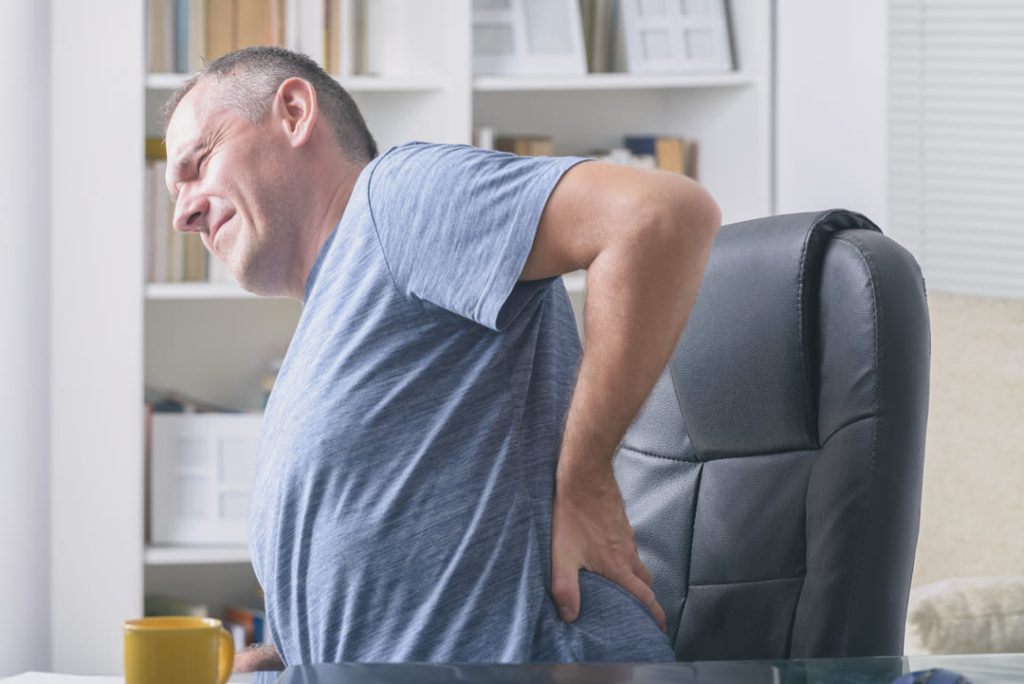
(FAQs) Frequently Asked Questions
What is a lumbosacral strain?
A lumbosacral strain is an injury to the lumbar region of the lower back. The lumbosacral spine is a part of your back located just above the top of your buttocks and below your ribcage.
This area is made up of the five lower vertebrae in your spine (lumbar vertebrae) and the bone that connects the lumbar vertebrae to your sacrum (the triangular bone at the bottom of your spine).
This area is responsible for supporting the weight of your upper body, allowing you to stand and move, and protecting the nerves that run through the lower part of your back. It is a crucial part of your body; problems with the lumbosacral spine can cause pain and discomfort and affect your ability to move and perform daily activities.
You have vertebrae, ligaments, muscles, and nerves within this area. A lumbosacral strain occurs when one or more become damaged or injured.
What are the symptoms of a lumbosacral strain?
Common symptoms of lumbosacral strain include:
- Low back pain – The most common symptom of lumbosacral strain can range from a dull ache to sharp, stabbing pain.
- Muscle spasms – The muscles in your lower back may become tight and painful, leading to muscle spasms.
- Limited mobility – You may experience difficulty moving or have a limited range of motion in your lower back. This can make it difficult to perform daily activities such as bending, twisting, or lifting.
- Numbness or tingling – A lumbosacral strain can put pressure on the nerves in your lower back, causing numbness, tingling, or weakness in your legs or feet.
- Stiffness – Your lower back may feel stiff and sore, especially after sitting or standing for long periods of time.
- Inflammation – The affected area may be swollen and tender to the touch.
- Difficult sleeping – The pain and discomfort associated with lumbosacral strain can make it difficult to sleep or get comfortable in bed.
What is the lumbar strain VA rating?
Lumbar strain VA ratings can be 10%, 20%, 40%, 50%, or 100%, based on the frequency, severity, and duration of your symptoms.
How do lumbosacral strains compare to other back problems?
A lumbosacral strain occurs when the muscles or ligaments in the lower back become stretched or torn, causing pain, stiffness, and difficulty moving. It usually happens because of overuse or a sudden injury, like lifting something heavy or twisting the wrong way.
On the other hand, herniated discs impact veterans when the discs between the vertebrae in your spine bulge or rupture, pressing on nearby nerves and causing pain and numbness.
Spinal stenosis happens when the spaces in your spine narrow, putting pressure on your nerves and causing pain and weakness.
Degenerative disc disease is when the discs in your spine break down and lose their cushioning, leading to pain and stiffness.
While these conditions have some similarities, they require different treatments and have different long-term effects. For example, herniated discs may require surgery to remove or repair the damaged disc, while lumbosacral strains usually respond well to rest, stretching, and physical therapy.
If you’re experiencing back pain, seeing your doctor for the proper diagnosis and treatment plan is critical.
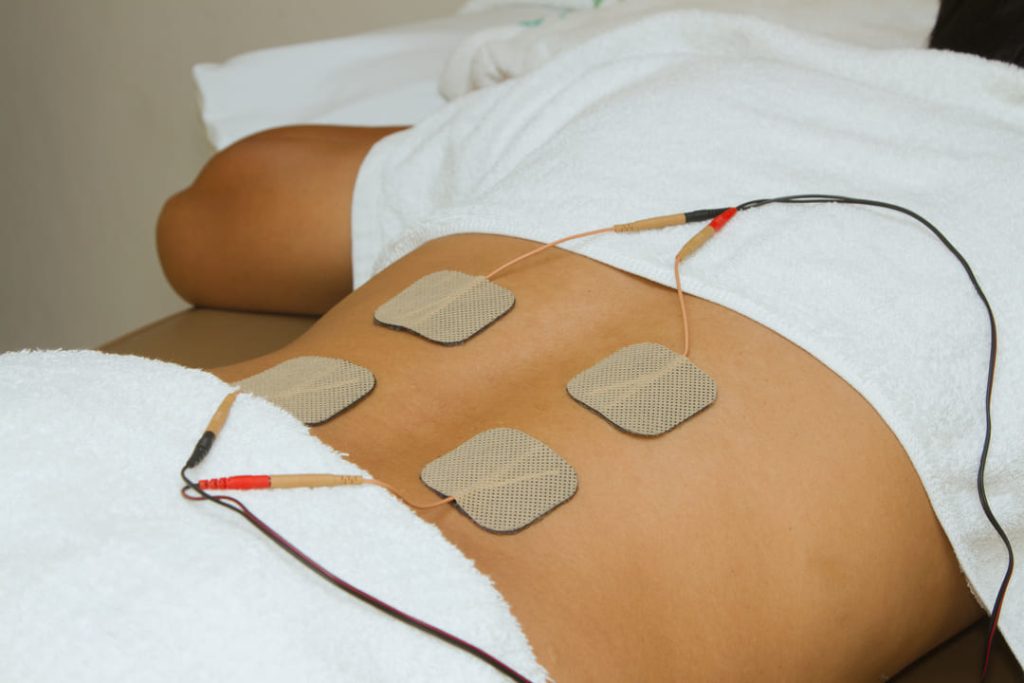
What are common treatments for a lumbosacral strain?
Here are some of the most common treatment options for veterans with a lumbosacral strain:
Surgery – In rare cases, surgery may be recommended for veterans with a lumbosacral strain. Your doctor will discuss the benefits and risks of surgery with you and determine if this is the best course of action for your specific condition.
Physical therapy – Often, the first line of treatment for a lumbosacral strain is physical therapy. Your physical therapist will work with you to develop a customized exercise program to improve strength, flexibility, and range of motion in your lower back.
Over-the-counter pain relievers like ibuprofen or Tylenol can be effective for managing the pain associated with a lumbosacral strain. In some cases, your doctor may prescribe stronger pain medications if your symptoms are particularly severe.
Heat therapy – Applying heat therapy to your lower back can help relieve pain and promote healing. You can use a hot water bottle, heating pad, or warm towel to apply the heat to your lower back.
Ice therapy – Applying ice to your lower back can help reduce swelling and numb the pain. You can apply ice to your lower back with a bag of frozen peas or a cold gel pack.
Chiropractic care can be a safe and effective treatment option for veterans with a lumbosacral strain. Your chiropractor will use gentle manipulations to realign your spine and reduce pain and discomfort.
Massage therapy can help relieve pain and muscle tension in your lower back. Your massage therapist will use a variety of techniques to help you feel better and move more easily.
Acupuncture – This traditional Chinese medicine technique addresses specific points in your body to relieve pain and promote healing.
Get the Lumbosacral Strain VA Rating You Deserve
You served your country, and now it’s time for your country to serve you. Don’t hesitate to contact us— and get the rating you deserve for your lumbosacral strain. With the right support, you can access the compensation, benefits, and resources you rightfully earned.
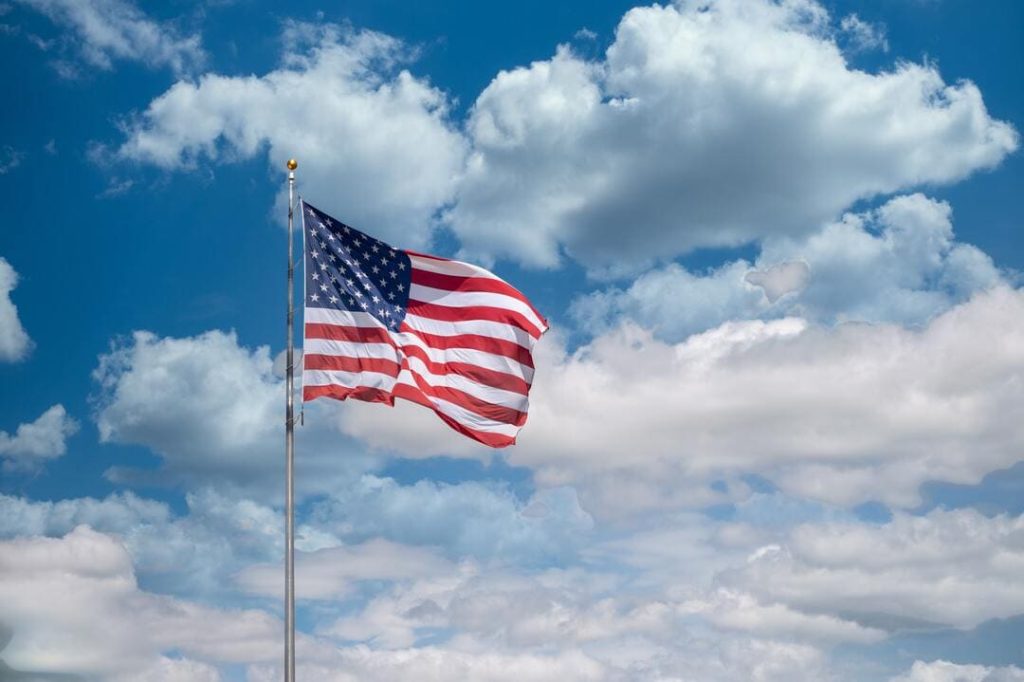
NEED MORE ASSISTANCE?
Most veterans are underrated for their disabilities and, therefore, not getting their due compensation. At VA Claims Insider, we help you understand and take control of the claims process, so you can get the rating and compensation you’re owed by law.
Our process takes the guesswork out of filing a VA disability claim and supports you every step of the way in building a fully-developed claim (FDC)—so you can increase your rating FAST! If you’ve filed your VA disability claim and have been denied or have received a low rating—or you’re unsure how to get started—reach out to us! Take advantage of a FREE VA Claim Discovery Call. Learn what you’ve been missing—so you can FINALLY get the disability rating and compensation YOU DESERVE!
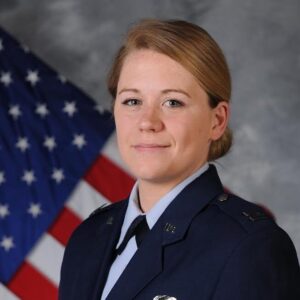
Trisha Penrod
Trisha Penrod is a former active-duty Air Force officer. As an Intelligence Officer, she led teams of analysts to apply advanced analytic skills to identify, assess, and report potential threats to U.S. forces.
Trisha attended the U.S. Air Force Academy and holds an MBA from Webster University. After receiving an honorable discharge in 2018, Trisha worked as a growth marketer and utilizes her analytic skills to help others accomplish their business goals.

